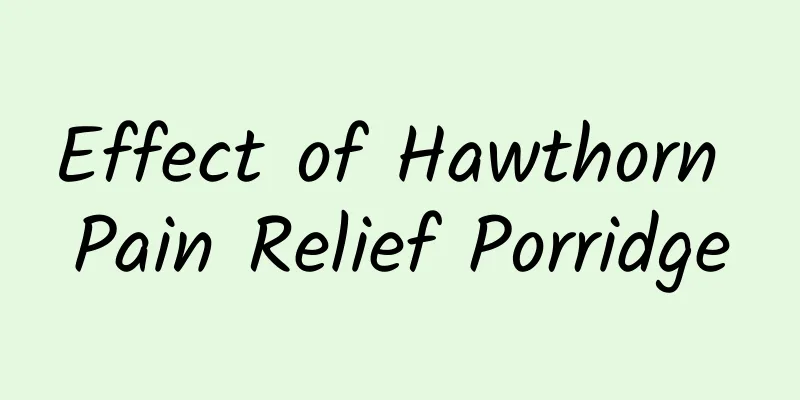Prevention and control of physiological diseases of Pleurotus ostreatus

|
Today, I have some free time on the weekend, so I will tell you about the prevention and treatment methods of physiological diseases of Oyster mushroom. 1. Mycelium growthIn the production of Oyster mushroom, the hyphae often grow too long and form dense clusters, resulting in the phenomenon of old mushroom skin without mushrooms. This is mainly caused by the aging of the strain or the use of aerial hyphae for transfer when the primary strain is transferred. If the mushroom house is poorly ventilated, the temperature is too high, and the film is covered for too long during production, the hyphae will grow too long without mushrooms. Prevention and control methods: Strengthen seed production management, increase the ventilation volume of the mushroom house during the fruiting body differentiation period, and reduce the temperature of the mushroom house. When old mushroom skin appears during cultivation, scrape it off in time, scratch the mushroom block and mushroom film to promote mushroom production. 2. Mycelium degeneration and shrinkageDuring the spawning or fruiting stage, the mycelium turns yellow, brown, shrinks and dies. This is caused by improper carbon-nitrogen ratio of the culture medium, too high water content, poor ventilation, stuffy mushroom house, etc. Prevention and control methods: improve the carbon-nitrogen ratio of the culture medium, reduce the water content of the culture medium, sow at the right time, and avoid damage during high temperature periods. 3. Fruiting body shrinkage and deathThis is mainly caused by unsuitable environmental conditions during the fruiting period. For example, if the temperature of low-temperature varieties exceeds 23℃, the temperature of medium-temperature varieties exceeds 28℃, and the air humidity is lower than 80%, the fruiting bodies will shrink and die due to the rapid evaporation of a large amount of water; excessive water spraying will cause edema of the small mushrooms. When the mushrooms are densely fruited, they will be starved to death due to insufficient nutrition. Prevention and control methods: Choose suitable varieties according to the cultivation season and avoid fruiting in high temperature seasons; after the mushroom buds appear, increase the humidity of the mushroom shed to 90%, and strengthen ventilation as the fruiting bodies grow. Try to avoid spraying water directly on the mushroom bodies. 4. Deformed Mushrooms1. Shrinking mushroom: The cap is small, wrinkled, the stem is long and hard. It is caused by high temperature and low humidity. 2. Bigfoot mushroom: only the stem grows but not the cap. This is caused by poor ventilation and high carbon dioxide concentration. 3. Long-stalk type: The stipe is slender and the cap is very small. In the early stage, it is a loose and dense fruiting body with abnormal stipes, which looks like coral. This is caused by removing the film too late and insufficient light. 4. Pimples on the cap: The cap, especially the edge, is covered with pimples of varying sizes. In severe cases, the entire cap is covered with pimples. After the pimples are formed, the fruiting body grows very slowly, which directly affects the product quality and yield. This phenomenon usually occurs in winter, due to the heating of the cultivation room by the fire, the high concentration of carbon dioxide, the cultivation bag close to the vent, and the cold wind stimulation, causing the cap to grow out of control and pimples to appear. Prevention and control methods: Control the temperature of the mushroom house. During the fruiting period, the temperature should be controlled at 15-28℃. When encountering high temperature, cool it down by sprinkling water and ventilation. During the fruiting stage, provide scattered light of about 200 lux, keep the air humidity at about 90%, ventilate appropriately, and control the carbon dioxide concentration below 0.1%. Three parts of mushroom production are planting and seven parts are management. As long as you choose the appropriate varieties according to the cultivation season and manage them carefully according to the characteristics of the varieties, mushroom production will achieve higher economic benefits. |
<<: Causes of Pleurotus ostreatus deformity, the formation of Pleurotus ostreatus deformity
>>: Symptoms and prevention of Pleurotus ostreatus yellow mushroom disease
Recommend
The beauty benefits of sandalwood essential oil How to use sandalwood essential oil for skin care
Sandalwood essential oil is a plant essence extra...
How is GoodSearch? GoodSearch review and website information
What is GoodSearch? GoodSearch is a popular search...
The efficacy, effects and hazards of Aconite Flower
Aconite flower is a powerful ornamental plant. It...
What is Regional Electricity Distribution Holding Company like? Regional Electricity Distribution Holding Company Reviews and Website Information
What is the website of Interregional Distribution ...
The effect of fluid-enhancing porridge
How much do you know about the effects of fluid-e...
How is the American College Advisor Network? American College Advisor Network reviews and website information
What is American College Consulting? American Coll...
Banana milkshake recipe
Summer is here, and cold and delicious milkshakes...
How to preserve fresh daylily
Daylily is the fresh flower buds of an annual her...
Mengniu Yogurt Shelf Life
Mengniu is one of the most famous milk brands in ...
What is Finnish metal music like? Finnish metal music reviews and website information
What is Metal from Finland? Metal from Finland is ...
Eggplant freckle removal method
Today I recommend a good way to remove freckles, ...
How is Tchatche chat? Tchatche chat review and website information
What is Tchatche? Tchatche is the leading free onl...
The efficacy and effects of sea buckthorn oil for external use Sea buckthorn oil for external use
Sea buckthorn oil is a natural plant oil. It is a...
How to make bitter melon delicious
Although bitter melon tastes bitter, it is an imp...
Why should sugarcane be roasted? What are the effects and functions of roasted sugarcane?
Sugarcane is a solid herb and a kind of fruit. It...









